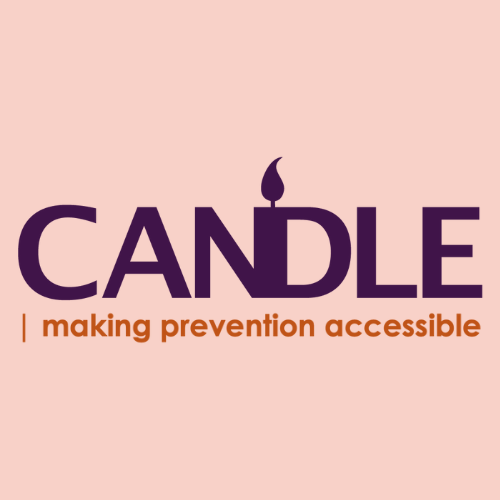By Ezra Kiki, CANDLE Intern
With over 7 million Americans experiencing permanent vision loss and at least 1 million currently living with blindness, Low Vision Awareness month serves as an opportunity to better understand the risk & protective factors associated with some visual impairments and their effects on daily life.
Broadly speaking, the term “visual impairment” describes the result of a reduced capacity of eye functioning due to any number of health conditions. Low vision, a type of visual impairment, is characterized by increased difficulty in performing common everyday tasks that can be caused by eye diseases. Examples of these diseases include, but are not limited to glaucoma, cataracts, age-related macular degeneration (AMD), and diabetic retinopathy. Some groups, particularly the elderly and those without access to adequate eye care services, are generally more susceptible to these diseases over time and thus comprise a larger proportion of the visually impaired population. As the vision loss accompanying these conditions is typically permanent, those affected often face challenges navigating everyday life, even with the aid of corrective lenses and surgery.
Many factors influence a person’s likelihood to experience vision loss. Among these are age, gender, race, the existence of chronic disease, genetic predisposition, and certain lifestyle habits like smoking. A person with preexisting disabilities may also be more likely to engage in behavior that induces vision loss – for example, substance use — to cope with their circumstances. Substances like cannabis, nicotine and alcohol have all been shown to negatively affect the eyes, especially with long-term misuse. Chronic alcohol consumption, for instance, facilitates the development of AMD as well as the formation of cataracts. When combined with tobacco, toxic amblyopia may occur leading to partial vision loss and loss of color vision.
Nicotine-based, non-tobacco marketed products like vapes and other e-cigs also increase inflammation in the eye and may cause effects contributing to vision loss, such as reduced blood flow to the organ. Regarding cannabis, evidence suggests chronic inhalation may affect depth perception, color sensitivity and overall visual perception, as well as lead to a general decrease in eye muscle function. The short-term use of these substances also compromises eye functions shortly following ingestion.
In addition to these, opioids like heroin and synthetic derivatives have been known to cause retinopathy and retinal ischemia leading to vision loss that may also be exacerbated by infections acquired from using contaminated needles. Depending on the severity of the infection, blindness may occur if it spreads to any of the essential structures of the eye and remains untreated. Low vision and blindness, in the younger population especially, can often be attributed to preventable causes. Regular eye care maintenance at home and through eye care services may help slow the progression of vision loss and help affected persons keep up with the demands of daily life. Limiting the excess and misuse of eye-harming illicit substances can be greatly beneficial in reducing the risk factors for certain vision disabilities.
Of course, vision loss is not always preventable. Like all people with disabilities, individuals who have low vision benefit from personalized accommodations, services, and supports in different areas of their lives. Those who may encounter someone with a vision disability (hint: everyone) can act as allies by understanding the dos & don’ts of interacting with blind or visually impaired people. Keep in mind that these are only guidelines — everyone is different! For those working in digital spaces, make it a priority to learn how to make your content accessible for everyone. Finally, if you or someone you know needs support or services related to any of the above, reach out to ATI or CANDLE and we’ll get you connected.
For more information on low vision and related eye conditions, explore the resources below.
General Education
- The Wide Spectrum of Visual Impairment
- Blindness is a Spectrum
- Low Vision and Blindness: Terms & Descriptions
- Low Vision At A Glance
- Your A-Z Guide for Social Media Accessibility
- 6 Ways to Make Your On & Offline Content Accessible
- Blog: Life of a Blind Girl
- Blog: Chloe Tear
- The New York State Commission for the Blind: About
- The New York State Commission for the Blind: Resource List
- National Federation of the Blind
- American Foundation for the Blind
Substance Use & Vision Loss
- Eye on Drugs: Substance Misuse & Eye Changes
- How Substance Misuse Affects the Eyes
- Illicit Drugs: Effects on Eye
Data

